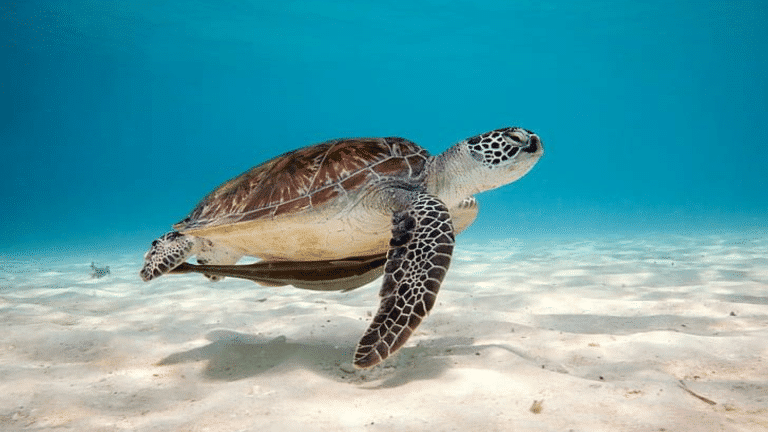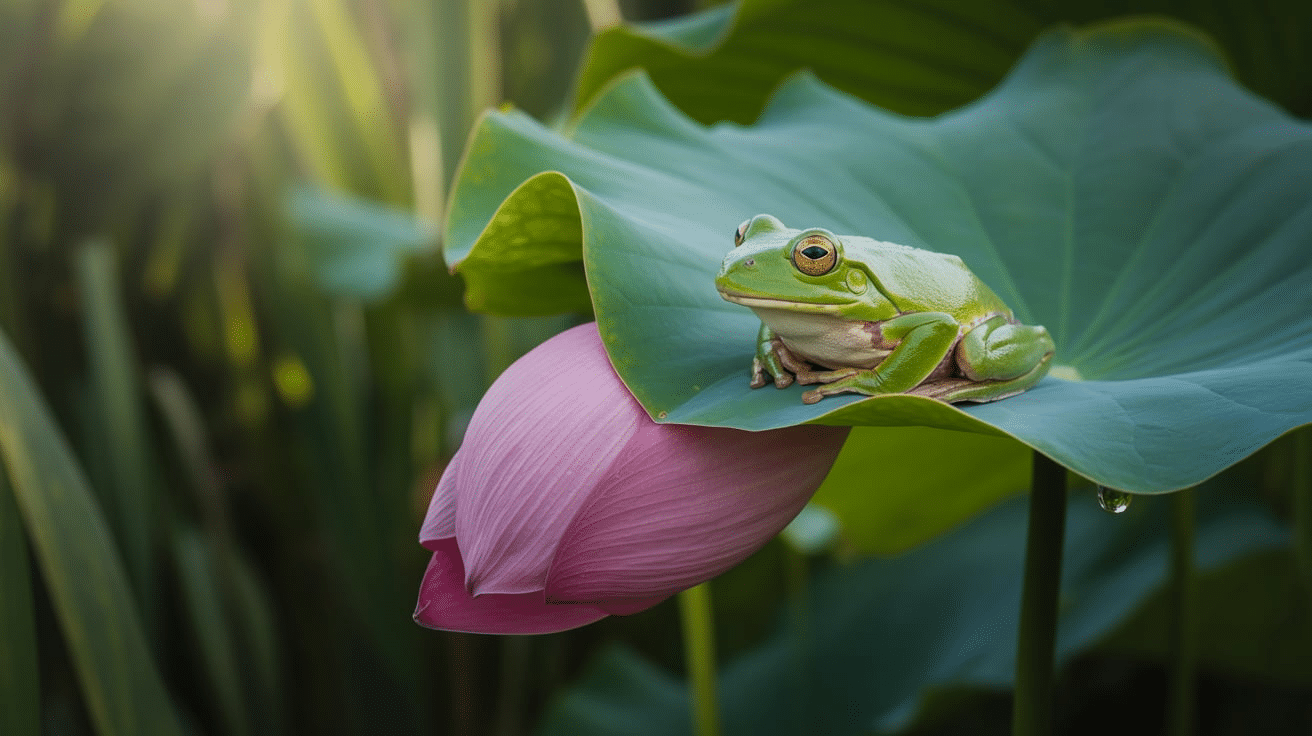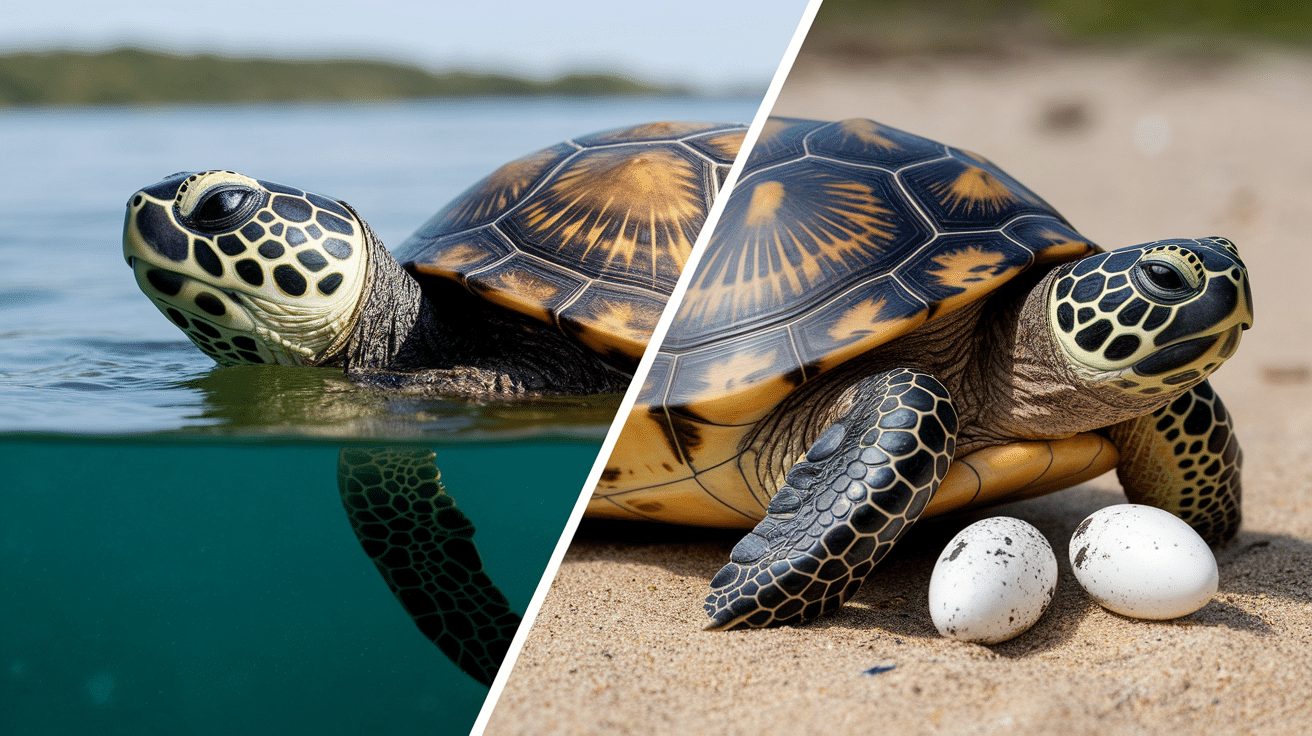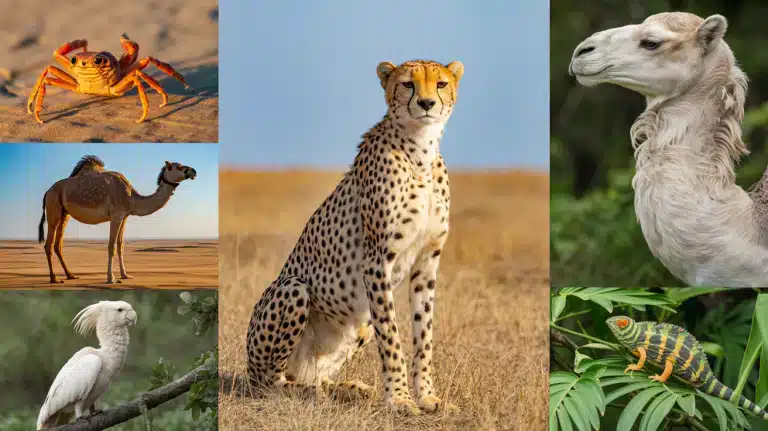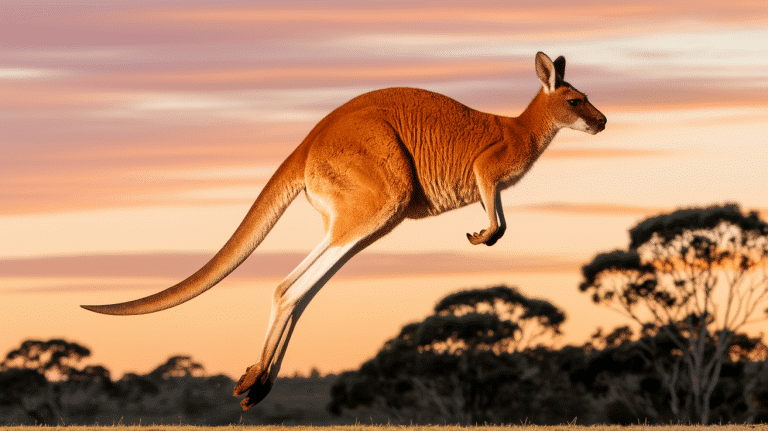Ever spotted a turtle basking in the sun and wondered what it really is? You’re not alone!
That shell-carrying creature that moves between land and water often leaves people confused. Is it like a frog that needs water to survive, or more like a lizard that soaks up the sun?
Let’s clear this up once and for all. The answer might surprise you, and it’s simpler than you think.
Turtles appear to be a good fit for either group. They swim in water and walk on land. They lay eggs and have scaly skin. No wonder many folks get puzzled!
Ready to learn the truth about these slow-moving friends? The answer lies in some key features that set them apart.
Is a Turtle a Reptile or an Amphibian?
Turtles are reptiles, not amphibians. This classification is based on their distinct biological and physiological traits, despite some similarities with amphibians.
Scientific Reasons for Classifying Turtles as Reptiles
-
Scales: Turtles, like all reptiles, have scaly skin, which is a defining characteristic of the reptile class. Amphibians, in contrast, typically have smooth, moist skin.
-
Egg-laying: Turtles lay eggs with hard, leathery shells, another trait common to reptiles. Amphibians often lay soft, gelatinous eggs that require moist environments for incubation.
-
Cold-blooded: Turtles are ectothermic (cold-blooded), meaning they rely on external temperatures to regulate their body heat, just like other reptiles. Amphibians are also cold-blooded, but they have distinct mechanisms for temperature regulation and typically require a moist environment.
Exceptions or Nuances
-
Habitat: Turtles live in both water and on land, similar to amphibians. However, this is not a defining factor for their classification.
-
Physiological Differences: Despite their aquatic habits, turtles have scaly skin and lay hard-shelled eggs, characteristics typical of reptiles.
-
Adaptations: The turtles’ ability to live in water does not change the fact that their physiology, such as being cold-blooded, aligns with that of reptiles.
What are Reptiles?
Reptiles are a class of cold-blooded vertebrates that are characterized by their scaly skin, the ability to lay eggs, and generally living on land.
They belong to the class Reptilia and include animals such as snakes, lizards, turtles, and crocodiles. Reptiles are found in various environments, ranging from deserts to forests and wetlands.
-
Reptiles are cold-blooded vertebrates with scaly skin, the ability to lay eggs, and typically live on land.
-
They include animals such as snakes, lizards, turtles, and crocodiles, which are found in deserts, forests, and wetlands.
-
Adaptations include energy conservation through cold-bloodedness, protective scales, and lung-based breathing.
-
Reptiles have specialized skeletal structures that enable them to move efficiently and are highly adaptable to various habitats.
What are Amphibians?
Amphibians are cold-blooded vertebrates characterized by their ability to live in both water and on land during different stages of their life cycle.
They belong to the class Amphibia and include animals such as frogs, salamanders, and newts. Amphibians are typically found in moist environments, such as ponds, lakes, and wetlands.
-
Amphibians are cold-blooded vertebrates that can live in both water and on land at various stages of their life cycle.
-
They include animals such as frogs, salamanders, and newts, which are commonly found in moist environments like ponds, lakes, and wetlands.
-
Adaptations include permeable skin for respiration, the ability to live in water and on land, and aquatic larvae stages.
-
Amphibians have specialized life cycles, with most undergoing metamorphosis from aquatic larvae to land-dwelling adults.
Key Differences Between Reptiles and Amphibians
Reptiles and amphibians are two distinct classes of animals, each with unique characteristics. While both share some similarities, such as being cold-blooded, their physical traits, habitat, and life stages differ significantly.
| Aspect | Reptiles | Amphibians |
|---|---|---|
| Skin Type | Dry, scaly, and often covered in keratin. | Moist, smooth, and permeable to water. |
| Habitat | Primarily land-based; some are aquatic. | Live in both water and on land during different life stages. |
| Eggs | Lay eggs with leathery or hard shells. | Lay eggs in water, usually surrounded by a gelatinous coating. |
| Breathing | Breathe through the lungs throughout life. | Use both gills (in larvae) and lungs (in adults). |
| Body Temperature | Ectothermic (cold-blooded) with body temperature dependent on the environment. | Ectothermic, but require moist environments to regulate body temperature. |
| Lifecycle | Complete their development on land, and have direct development (no larval stage). | Undergo metamorphosis (larvae to adult stages). |
Turtle Characteristics
Turtles are fascinating creatures known for their distinctive features and unique behavior. Here’s a breakdown of their key characteristics:
-
Hard, protective shell covering the body.
-
Cold-blooded animals rely on external temperatures to regulate body heat.
-
Found in oceans, rivers, lakes, and on land, depending on the species.
-
Eat plants, insects, fish, and small aquatic animals, depending on the species.
-
Known for their long lifespan, often living 50 years or more.
-
Lay eggs on land, with many species migrating long distances to nesting sites.
Are Turtles a Good Idea for a Children’s Pet?
| PROS | CONS |
|---|---|
| Low Maintenance – Don’t need daily feeding or constant attention | Specialized Care – Requires specific tank conditions, lighting, temperature, and diet |
| Long Lifespan – Provide years of companionship | Not Interactive – Don’t enjoy handling or cuddling like other pets |
| Educational – Teach responsibility and animal behavior | Health Concerns – Can carry salmonella; needs proper hygiene |
| Quiet – Won’t cause noise or household disruption | Tank Setup – Need water/land areas and regular cleaning |
Conclusion
So there you have it! Turtles are firmly classified in the reptile family, not the amphibian family. With their scaly skin, lungs for breathing, and those amazing shells, they’re reptiles through and through.
Next time you spot a turtle sunning itself on a log or slowly making its way across your path, you’ll know exactly what you’re looking at, a remarkable reptile that’s been around since dinosaur days!
And while turtles and amphibians both love water, it’s the little details that set them apart. From their eggs to their breathing, nature has given each its special way to thrive.
Want to learn more about these shelled wonders? Check out our other articles on turtle species, habitats, and care tips. Please share this article with fellow nature lovers and join our community of turtle enthusiasts today!

